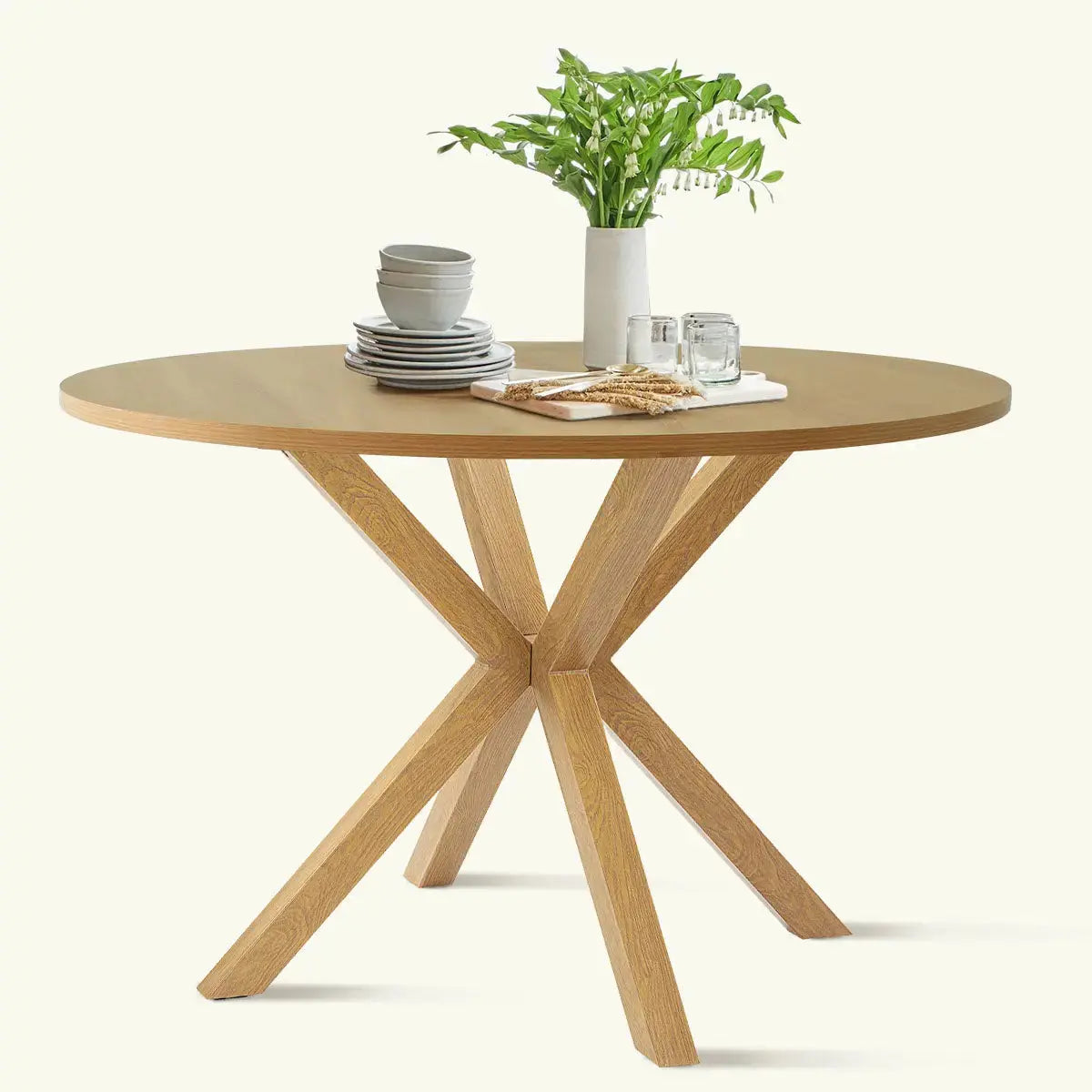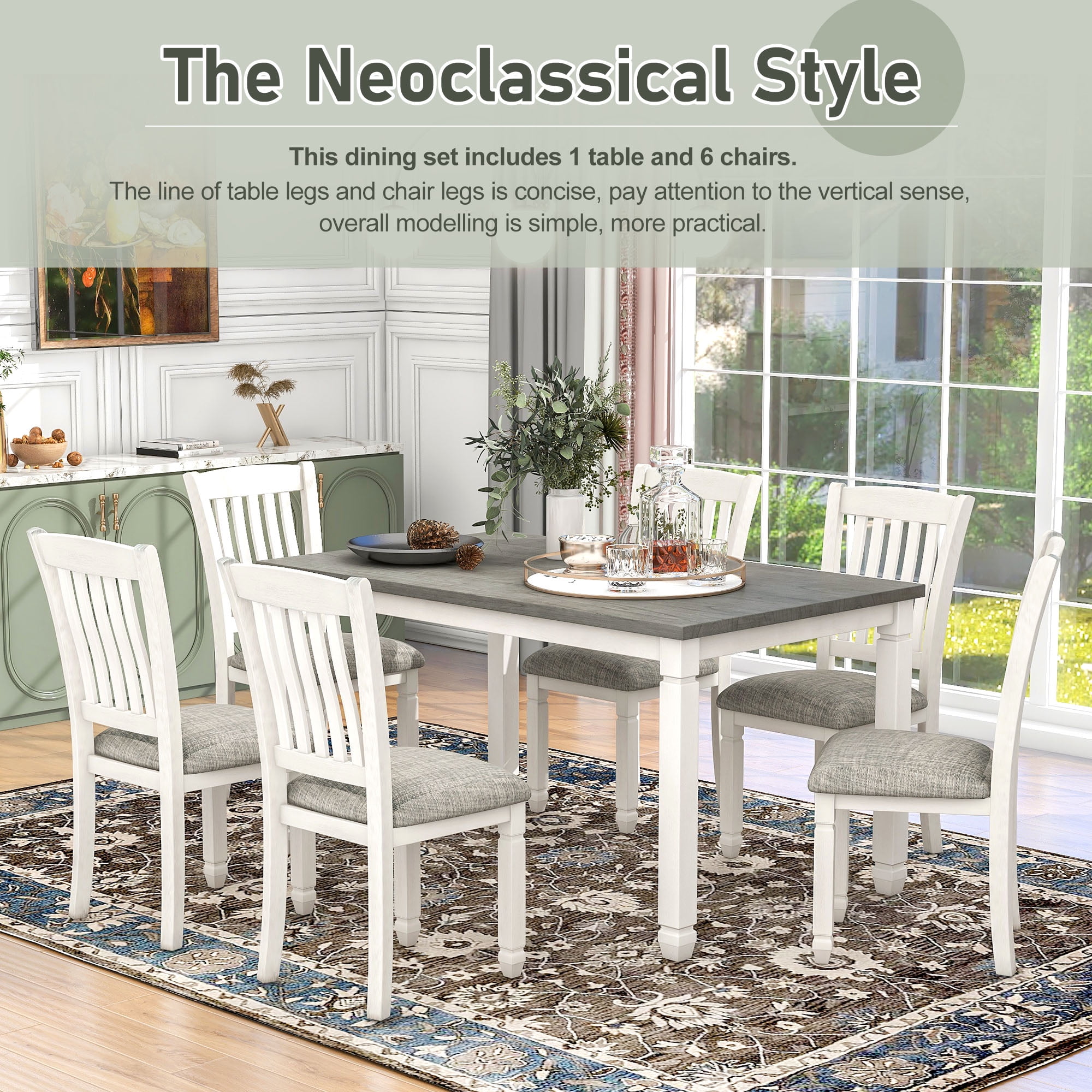Affordable and High-Quality Dining Room Table Legs for Every Budget
Wiki Article
From Typical to Modern: Discover the Ideal Dining Room Table Legs for Your Style
While timeless layouts such as cabriole and turned legs evoke a feeling of classic sophistication, modern designs like barrette and geometric alternatives provide a possibility for striking aesthetic passion. As you take into consideration these elements, the concern remains: just how can you flawlessly integrate these diverse leg designs to develop a harmonious dining experience?Comprehending Table Leg Styles
The selection of dining-room table leg designs can dramatically affect both the appearances and performance of the area. Each leg style adds special functional attributes and aesthetic elements, catering to varied style choices and use demands. Recognizing these styles is important for choosing the ideal dining table that lines up with your general indoor layout vision.For instance, tapered legs use a clean, classic appearance that can improve a space's beauty, while pedestal bases give security and optimize legroom, making them excellent for smaller sized areas. Hairpin legs, a trademark of mid-century modern-day style, introduce a commercial style, allowing for an airy, open feeling. Likewise, trestle legs evoke rustic beauty, supplying durable support and a feeling of timelessness.
Wood legs can bring heat and appearance, whereas metal choices often share a smooth, modern ambiance. Ultimately, comprehending table leg designs is important for developing a cohesive dining location that mirrors personal design while making certain practicality and comfort.
Typical Table Leg Options
When selecting dining-room table legs, traditional choices usually embody ageless style and craftsmanship. These designs reflect a rich heritage and a dedication to top quality, making them optimal for those that value traditional visual appeals.One of the most renowned standard leg styles is the cabriole leg, defined by its stylish bent form. This layout usually includes attractive makings and is most commonly found in Queen Anne and Chippendale furnishings. Another popular choice is the turned leg, which boasts a collection of smooth, rounded shapes that provide a classic look while maintaining security.
In addition, the straight leg, while straightforward, supplies a tough and basic structure that can blend seamlessly with a variety of tabletop designs. For those drawn to ornate detailing, claw-and-ball feet legs stimulate a sense of magnificence and can serve as a stunning prime focus in any eating space.
Lastly, stand bases, although not strictly legs, provide a different typical option that permits ample legroom and can be beautifully carved. Each of these traditional leg designs adds to the total ambiance of an eating space, marrying feature with aesthetic appeal.

Modern Table Leg Styles
Modern table leg designs offer a varied range of designs that stress ingenious materials and clean lines. These layouts often prioritize capability while acting as striking centerpieces within a dining room. Minimalist aesthetic appeals are prevalent, with legs crafted from products such as metal, glass, and engineered wood, which add to a contemporary and airy feel.One preferred style is the barrette leg, characterized by its slim, conical framework that provides stability without overwhelming the tabletop (dining room table legs). This design is usually found in mid-century modern furniture and can effortlessly match description numerous eating table forms. One more fad is making use of geometric shapes, where legs might take on unbalanced or angular kinds, adding aesthetic interest and a touch of virtuosity

Blending Designs for Special Rooms
Commonly, home owners look for to develop one-of-a-kind dining rooms that mirror their individual style by blending various style elements. This method enables the consolidation of varied appearances, causing a harmonious yet distinctive environment. For circumstances, pairing a rustic wooden table with streamlined, modern-day metal legs can create an appealing contrast that boosts the space's general allure.In addition, integrating vintage table legs with contemporary table tops can evoke a sense of history while preserving a modern perceptiveness. Such combinations not just display specific preference yet likewise motivate creativity, permitting home owners to curate an area that feels both individual and inviting.
Shade plays a vital function in this blending process; choosing table legs that complement or contrast with the existing color design can improve aesthetic rate of interest. For instance, whitewashed legs can soften the boldness of a dark table surface, developing a balanced aesthetic.
Tips for Choosing the Right Legs
Selecting the right table legs is important for attaining both performance and aesthetic allure in your go to this website dining area. Begin by thinking about the total style of your space. Traditional settings profit from legs that feature detailed carvings or turned styles, while contemporary spaces may ask for sleek, minimal styles.Following, assess the elevation and security of the legs. dining room table legs. Basic eating tables vary in between 28 to 30 inches in elevation, so make sure the legs complement this dimension for convenience. Furthermore, robust products, such as wood or metal, can improve stability and long life
Review the leg form as well-- alternatives include right, tapered, or pedestal styles. Straight legs use a classic look, while conical legs can add a touch of beauty. Pedestal bases provide adequate legroom and are ideal for smaller areas.
Final Thought
In recap, choosing the excellent dining-room table legs needs cautious consideration of both contemporary and traditional styles. Traditional options such as cabriole and turned legs supply classic style, while modern-day designs like hairpin and geometric forms give a modern touch. By balancing leg style, height, and product with the total decor, a natural and inviting atmosphere can be achieved. Inevitably, the picked table legs must reflect the desired visual, improving the eating experience within the area.The selection of dining space table leg styles can significantly influence both the appearances and performance of the area. Inevitably, understanding table leg designs is crucial for producing a cohesive dining location that mirrors individual style while ensuring functionality and comfort.One of the most famous traditional leg styles is the cabriole leg, characterized by its stylish curved shape. Straight legs supply a traditional look, while tapered legs can add a index touch of style.In summary, choosing the ideal eating space table legs calls for careful factor to consider of both traditional and contemporary designs.
Report this wiki page